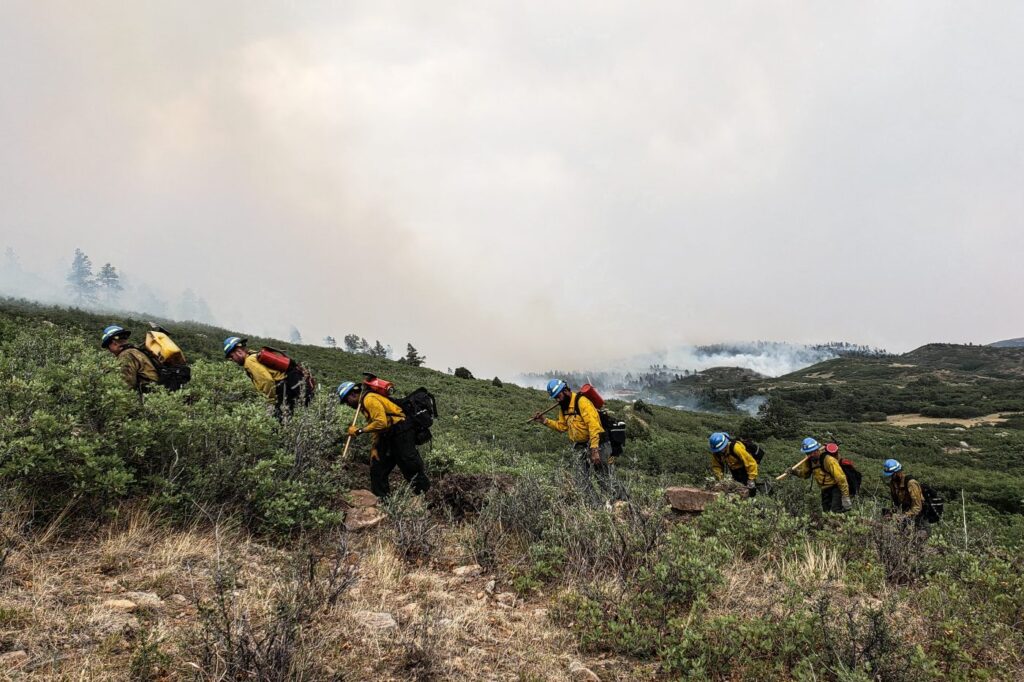On Labor Day Weekend, Michael Lloyd, Team Rubicon’s National Wildland Fire Program Coordinator, was on deployment in Wells, Nevada, in what he referred to as “rangeland for the U.S. beef market.” He and his co-workers were in “wait mode,” knowing the next wildfire call was inevitable.
Nevada and California have been in a race this year, and it’s a race neither wanted to enter let alone win, as the winner will be the one with the most acreage burned. Both states have had over one million acres burned thus far in 2018, and as Lloyd reported, “Eighty-eight percent of the fires in the U.S. are human-caused, and only 12 percent are due to lightning.”

Team Rubicon has been in the firefighting and firefighting support business since 2015 when they ran the first Red Card Training with the Bureau of Land Management (BLM), and since then, more than 1,000 TR members have been through the course. Lloyd went through the first training back in 2015, and then when he returned to Colorado, TR needed someone to head up the region’s program, and he was chosen. And his job has grown and evolved from there.
Lloyd works with the BLM and the Department of the Interior to “create opportunities for TR firefighters and fire volunteers.” He explained that 70 percent of what is needed during a wildland fire is support staff, with only 30 percent “in the dirt”. “If you draw a line from the eastern edge of Colorado straight down on a map and go west,” Lloyd said, “Team Rubicon has helped with fires in every state west of that line, including Alaska and Hawaii. Plus we’ve worked fires in Georgia, Tennessee and North Carolina.”
Lloyd called the wildland fire support work by TR “very complementary to what we do on the disaster field” and said the partnership TR has with the federal government adds “validity” making “TR an important resource to the government and communities that live in and around federal lands.” Fire support involves not only responding to fires as they happen but also mitigation to get ahead of the fires so that there “needs to be no cleanup or reclamation of land,” Lloyd said. He referenced TR members who were involved in creating defensible space in Colorado, Washington, and Alaska as examples.

Lloyd said that TR’s wildland fire program needs more people, especially support personnel such as those with finance, logistics, dispatch, communications, and medical backgrounds. And they also need more heavy equipment operators. “TR people have skills and the maturity to execute,” Lloyd said, citing plenty of opportunities for older people or those with disabilities or injuries.
While Red Card Training is done for this year, contact TR at the National Interagency Fire Center to learn how you can get involved.



